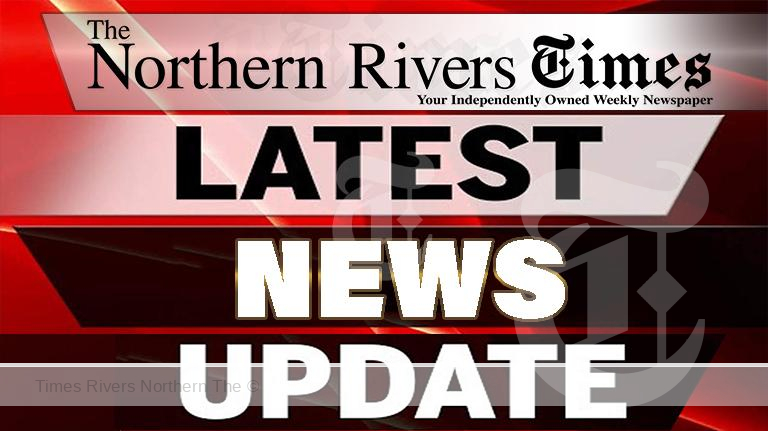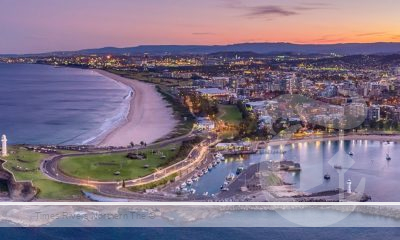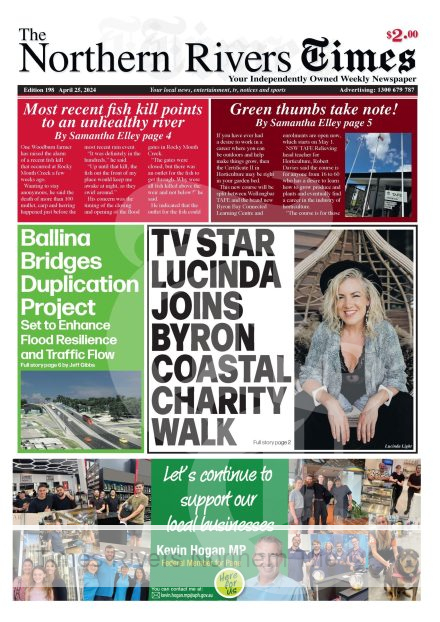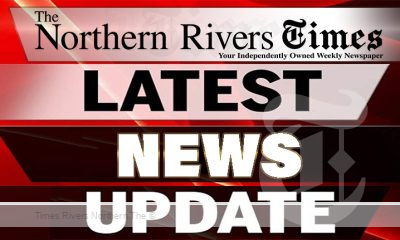National News Australia
REPORT TABLED FOR THE INQURY INTO FEASABILITY OF UNDERGROUNDING THE TRANSMISSION INFRASTRUCTURE FOR RENEWABLE ENEGERY PROJECTS

National News Australia
Teenager Charged with Terrorism Offence After Sydney Church Stabbing

Advertisements
National News Australia
What do you do if you are the first on the scene of a crash, or arrive before emergency services?

Advertisements
Local News
Next major step in reforming emergency services funding

Advertisements
-

 Tweed Shire News2 years ago
Tweed Shire News2 years agoA NEW TWEED HEADS
-

 Motoring News1 year ago
Motoring News1 year agoToyota Supra: Get Ready For A Fully Electric Version In 2025
-

 COVID-19 Northern Rivers News3 years ago
COVID-19 Northern Rivers News3 years agoNorthern Rivers Local Health District COVID-19 update
-

 COVID-19 Northern Rivers News3 years ago
COVID-19 Northern Rivers News3 years agoNorthern Rivers COVID-19 update
-

 Northern Rivers Local News2 years ago
Northern Rivers Local News2 years agoFears proposed residential tower will ‘obliterate’ Tweed neighbourhood’s amenity and charm
-

 Health News3 years ago
Health News3 years agoCOVID-19 Vaccination Clinic now open at Lismore Square
-

 COVID-19 Northern Rivers News3 years ago
COVID-19 Northern Rivers News3 years agoLismore Family Medical Practice employee close contact
-

 NSW Breaking News3 years ago
NSW Breaking News3 years agoVale: Former NSW prison boss Ron Woodham

























